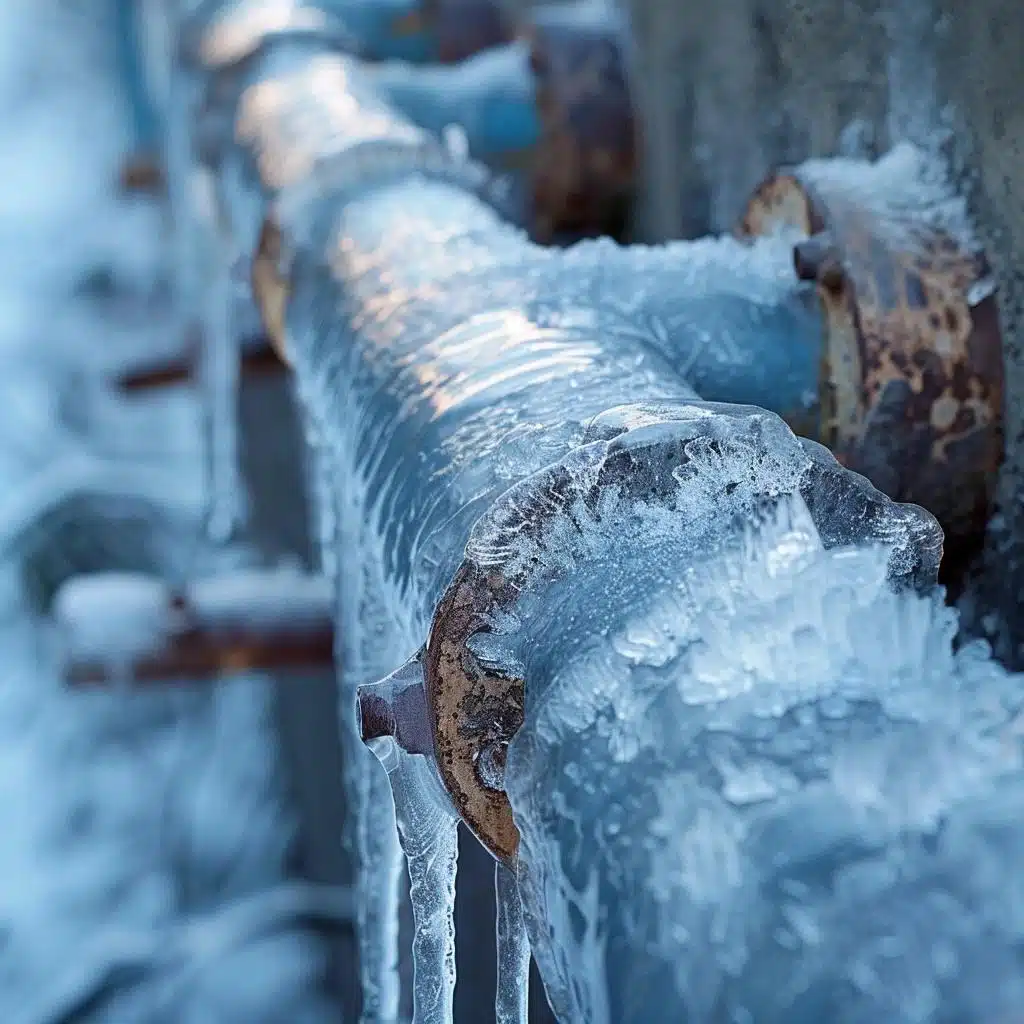Ways to Keep Pipes from Freezing Damage: Essential Tips
DetailThe publisher is making several good pointers on How to Prevent Your Pipes From Freezing in general in this content further down.

Cold weather can ruin your plumbing, especially by freezing pipes. Below's how to avoid it from happening and what to do if it does.
Intro
As temperature levels decrease, the risk of frozen pipes increases, possibly bring about costly fixings and water damage. Recognizing exactly how to stop icy pipelines is crucial for homeowners in cold environments.
Recognizing Frozen Pipelines
What creates pipes to freeze?
Pipes freeze when revealed to temperatures listed below 32 ° F (0 ° C) for prolonged periods. As water inside the pipelines ices up, it increases, putting pressure on the pipe walls and possibly causing them to rupture.
Risks and problems
Frozen pipes can result in water supply disruptions, residential or commercial property damage, and pricey fixings. Ruptured pipes can flood homes and create considerable architectural damage.
Signs of Frozen Water Lines
Identifying icy pipes early can stop them from bursting.
Exactly how to determine icy pipelines
Search for lowered water flow from taps, uncommon smells or noises from pipelines, and noticeable frost on exposed pipelines.
Avoidance Tips
Insulating prone pipes
Cover pipelines in insulation sleeves or utilize warm tape to shield them from freezing temperature levels. Focus on pipelines in unheated or exterior locations of the home.
Heating techniques
Maintain interior spaces adequately warmed, specifically locations with plumbing. Open closet doors to allow warm air to flow around pipes under sinks.
Protecting Outside Pipes
Yard hoses and exterior taps
Separate and drain garden tubes prior to winter season. Set up frost-proof faucets or cover exterior faucets with shielded caps.
What to Do If Your Pipes Freeze
Immediate activities to take
If you believe frozen pipelines, keep taps available to ease pressure as the ice melts. Use a hairdryer or towels soaked in hot water to thaw pipes slowly.
Long-Term Solutions
Structural adjustments
Think about rerouting pipes far from exterior wall surfaces or unheated locations. Include extra insulation to attic rooms, cellars, and crawl spaces.
Updating insulation
Invest in high-quality insulation for pipelines, attics, and walls. Correct insulation aids preserve constant temperatures and minimizes the risk of icy pipes.
Final thought
Protecting against frozen pipes needs aggressive actions and fast actions. By recognizing the causes, signs, and preventive measures, home owners can protect their plumbing during cold weather.
5 Ways to Prevent Frozen Pipes
Drain Outdoor Faucets and Disconnect Hoses
First, close the shut-off valve that controls the flow of water in the pipe to your outdoor faucet. Then, head outside to disconnect and drain your hose and open the outdoor faucet to allow the water to completely drain out of the line. Turn off the faucet when done. Finally, head back to the shut-off valve and drain the remaining water inside the pipe into a bucket or container. Additionally, if you have a home irrigation system, you should consider hiring an expert to clear the system of water each year.
Insulate Pipes
One of the best and most cost-effective methods for preventing frozen water pipes is to wrap your pipes with insulation. This is especially important for areas in your home that aren’t exposed to heat, such as an attic. We suggest using foam sleeves, which can typically be found at your local hardware store.
Keep Heat Running at 65
Your pipes are located inside your walls, and the temperature there is much colder than the rest of the house. To prevent your pipes from freezing, The Insurance Information Institute suggests that you keep your home heated to at least 65 degrees, even when traveling. You may want to invest in smart devices that can keep an eye on the temperature in your home while you’re away.
Leave Water Dripping
Moving water — even a small trickle — can prevent ice from forming inside your pipes. When freezing temps are imminent, start a drip of water from all faucets that serve exposed pipes. Leaving a few faucets running will also help relieve pressure inside the pipes and help prevent a rupture if the water inside freezes.
Open Cupboard Doors
Warm your kitchen and bathroom pipes by opening cupboards and vanities. You should also leave your interior doors ajar to help warm air circulate evenly throughout your home.

We had been shown that report on Helpful Tips to Prevent Frozen Pipes this Winter from an associate on another web blog. Sharing is nice. Helping others is fun. Kudos for being here. Revisit us soon.
Click Here